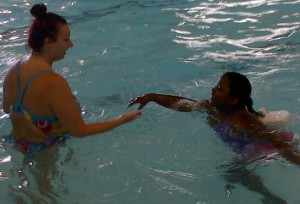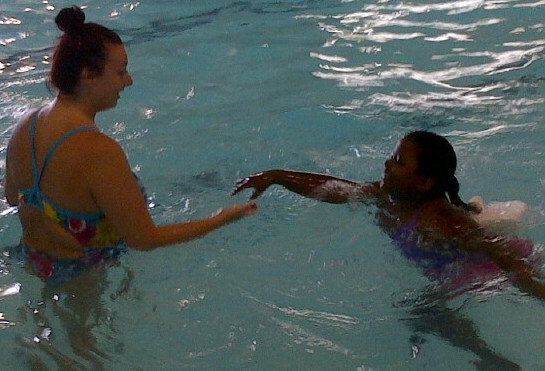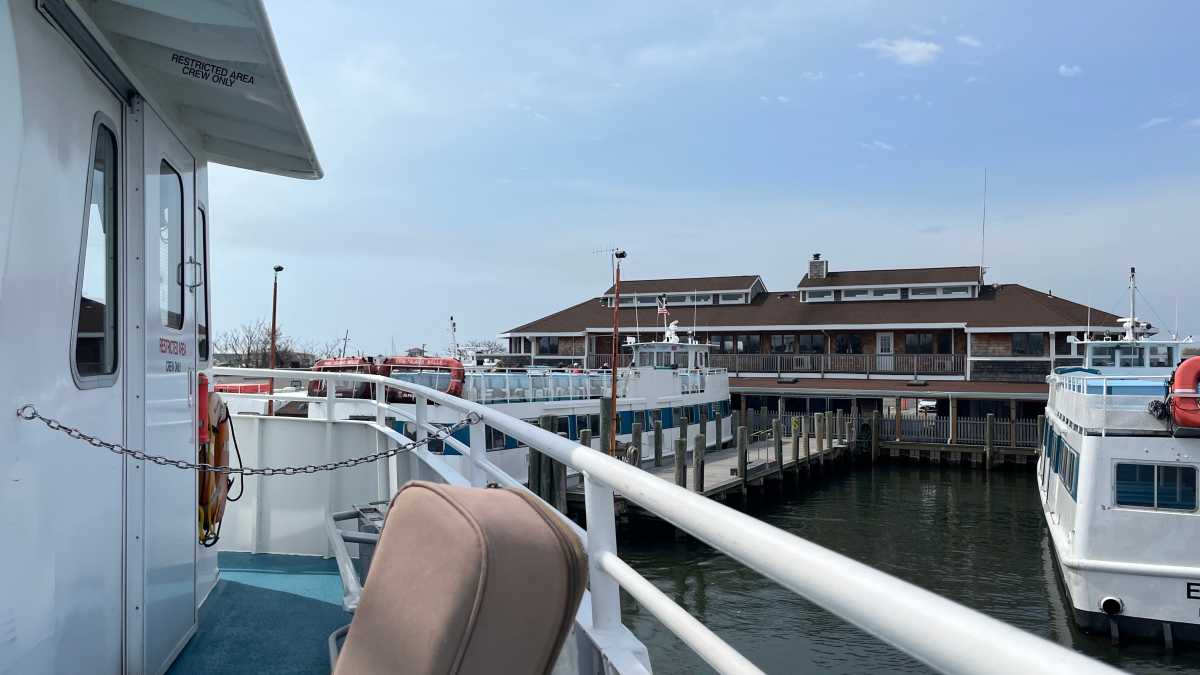
Forty-five Suffolk County youngsters were among an estimated 35,000 nationwide that simultaneously plunged into The World’s Largest Swimming Lesson, an annual event designed to promote water safety for kids on Tuesday morning.
The Great South Bay YMCA in Bay Shore was one of a half dozen locations that participated in the event on Long Island, where Nassau and Suffolk county officials have launched drowning prevention awareness campaigns in recent years.
“YMCA’s of Long Island teach 22,000 plus swimming lessons yearly,” said Saskia Thomson, marketing and communication director of YMCA of Long Island, Inc. Several flotation devices were implemented into the lesson to kick start the kids’ journey to safe swimming.
The World’s Largest Swimming Lesson was created by the World Water Park Association in 2010 to decrease the amount of childhood drowning accidents by encouraging formal swimming lessons. Nearly 25,000 children participated throughout the country last year, qualifying the event for the Guinness Book of World Records for four consecutive years.
While it seemed the children were merely playing games with the Great South Bay YMCA swimming instructors, they were learning life lessons on how to prevent tragedies in the pool. Not only does it benefit the child to know how to swim properly, it also benefits those around that that may not be skilled swimmers.
Among those ages 1 to 14, fatal drowning remains the second-leading cause of unintentional injury-related death, behind motor vehicle crashes, studies show. Formal swimming lessons can reduce the risk of drowning by as much as 88 percent among young children in that age bracket.
In order to prevent children from drowning, swimming instructors offer these recommendations: by age five children should be properly instructed on how to swim, never leave a child unattended while in the pool area, have a four-foot fence surrounding pools at home and install an underwater pool alarm to utilize during emergency situations.


































